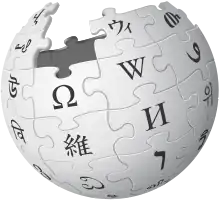diastema
See also: diastemą
English
Etymology
From Late Latin, from Ancient Greek διάστημα (diástēma, “interval, space between”). Compare diastasis.
Pronunciation
- IPA(key): /daɪəˈstiːmə/
- Rhymes: -iːmə
Noun
diastema (plural diastemas or diastemata)
- (pathology) A gap or space between two adjacent teeth, especially the upper front incisors (in humans).
- 1968, Anthony Burgess, Enderby Outside:
- A gormless-looking boy, thin and exhibiting diastemata in the shop-front lights, offered him English newspapers.
- (zoology, anatomy) A gap between teeth of different types, e.g. incisors and molars, which is a feature of some rodents and ungulates.
- (pathology) Any abnormal space, fissure, or cleft in an organ or other part of the body.
- (cytology) The modified protoplasm at the equator of a cell, existing before mitotic division.
Derived terms
Translations
gap or space between two adjacent teeth
|
gap between teeth of different types
|
any abnormal space in a part of the body
Further reading
 Diastema (dentistry) on Wikipedia.Wikipedia
Diastema (dentistry) on Wikipedia.Wikipedia
Polish
Etymology
Derived from Ancient Greek διάστημα (diástēma).
Pronunciation
- IPA(key): /djaˈstɛ.ma/
Audio (file) - Rhymes: -ɛma
- Syllabification: dia‧ste‧ma
Noun
diastema f
Declension
Further reading
- diastema in Polish dictionaries at PWN
This article is issued from Wiktionary. The text is licensed under Creative Commons - Attribution - Sharealike. Additional terms may apply for the media files.